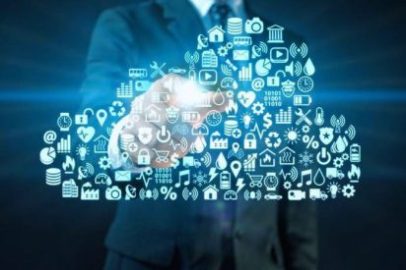There are many different and significant updates to the green policy announced in recent days by Microsoft. The company’s goal is as ambitious as it is laudable: to become carbon negative by 2030. The big tech company has made public a series of concrete and already planned actions that will have the specific purpose of reducing the environmental impact of Microsoft and partners and customers of the company.
Microsoft’s Green Plan: Between Treen And Clouds
The critical points that makeup Microsoft’s new green plan are all centered on sustainability decline in various aspects. The technology could only be the fulcrum of the entire project. Here is the release of the public preview of Microsoft Cloud for sustainability. This is a solution, for now, made available in preview to customers and partners, with the specific purpose of monitoring and communicating their environmental impact to companies. The purpose? Please support them in their new paths of sustainable development. The solution, therefore, allows you to obtain complete and integrated data and information to have a concrete basis from which to start monitoring your progress in the green field.
The new Microsoft cloud also offers software solutions as a Service (SaaS) that can manage and collect data and information in real-time and provide accurate and always up-to-date information on carbon emissions. All this has the purpose of monitoring performance and evaluating its adherence to results, thus allowing companies to always keep their path toward sustainability under control. From virtual to real: almost in contrast with a completely digital cloud solution, the Microsoft sustainability plan “has its roots in the earth.” The Big Tech company plans to invest significantly to create new wooded areas.
Microsoft And Water: Water Positive Goal
Not only carbon negative but also water buoyant by 2030: this is Microsoft’s sustainable goal. To achieve this ambitious goal, several plans have been put in place. First of all, the one that foresees a 95% reduction, by 2024, in the use of water in the company’s data centers, which until now have been cooled by evaporation. In parallel, Microsoft is concentrating significant investments in research. The innovation sought is on liquid cooling and overclocking. From the first results, it seems to emerge that, in some integrated circuits, liquid cooling would lead to an improvement in performance measured in about 20%. Therefore, research is bringing green solutions and unexpected results in the production of more performing chips, all without the need to use water.
Data Centers And Ecosystems
Microsoft’s intention to create data centers that can reduce their impact on the ecosystem and the surrounding environment is also enjoyable. To date, the company has several data centers worldwide: to reduce its effects, it is thought of restoring the environment surrounding the building with green projects that can be respectful of the ecosystem in which it is located. A first experiment, completed, saw the creation of a vast wooded area, perfectly integrated with the pre-existing fauna and the humid climate, in the headquarters of the Amsterdam data center. The restoration of the wooded area has a forecast of a recovery of the ecosystem performance of 75%.
Embodied carbon in construction calculator (EC3) is a tool created by the non-profit organization Building transparency. The purpose of EC3 is to help choose the most sustainable materials with the lowest environmental impact. Microsoft has decided to equip itself with this tool to adopt these materials in every new construction linked to the company. Research and innovation on materials are also the subjects of a vital investment plan by the Big Tech Company. With the Carbon Leadership Forum (Clf) of the University of Washington, Microsoft has conducted research on the use of low-carbon materials. The most original? The structural tubes in mycelium (a type of mushroom).
Not Only Microsoft: The Commitment Of Scope 3
Scope 3 is the indicator of indirect emissions: Microsoft intends to consolidate the commitment to reduce the environmental impact with the entire Supply Chain. According to the data published in the latest Carbon Disclosure Project (CDP), collaborating with partners and suppliers to share sustainability objectives has brought actual results. Microsoft speaks, in fact, of a reduction of the environmental impact equal to 21 million tons of CO2.
Also Read: Artificial Intelligence: Microsoft Is Adding New Functions To Cyber Defence

